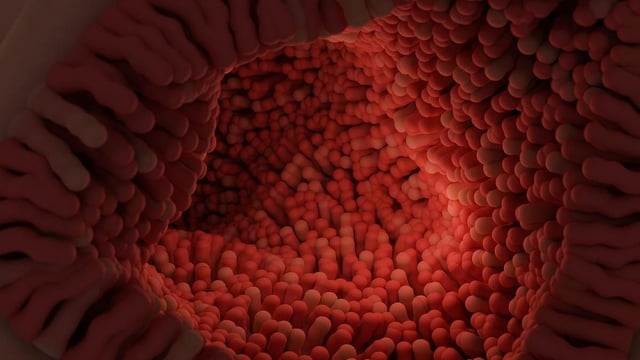Overview
- Neuropod cells in the mouse colon use TLR5 receptors to detect bacterial flagellin and relay satiety signals to the brain through the vagus nerve.
- Administering flagellin to fasted mice sharply reduced food intake, while mice lacking TLR5 in neuropods showed no change in eating and gained weight.
- Upon flagellin recognition, neuropod cells release peptides that trigger near-instant full-body satiety responses comparable to sight or smell inputs.
- The discovery reveals a direct microbial pattern-recognition pathway—termed the neurobiotic sense—that expands the known gut-brain communication beyond hormonal and immune routes.
- Duke researchers are now exploring how modulating this pathway through diet or microbiota interventions might influence mood and yield new treatments for obesity, eating disorders and psychiatric conditions.


